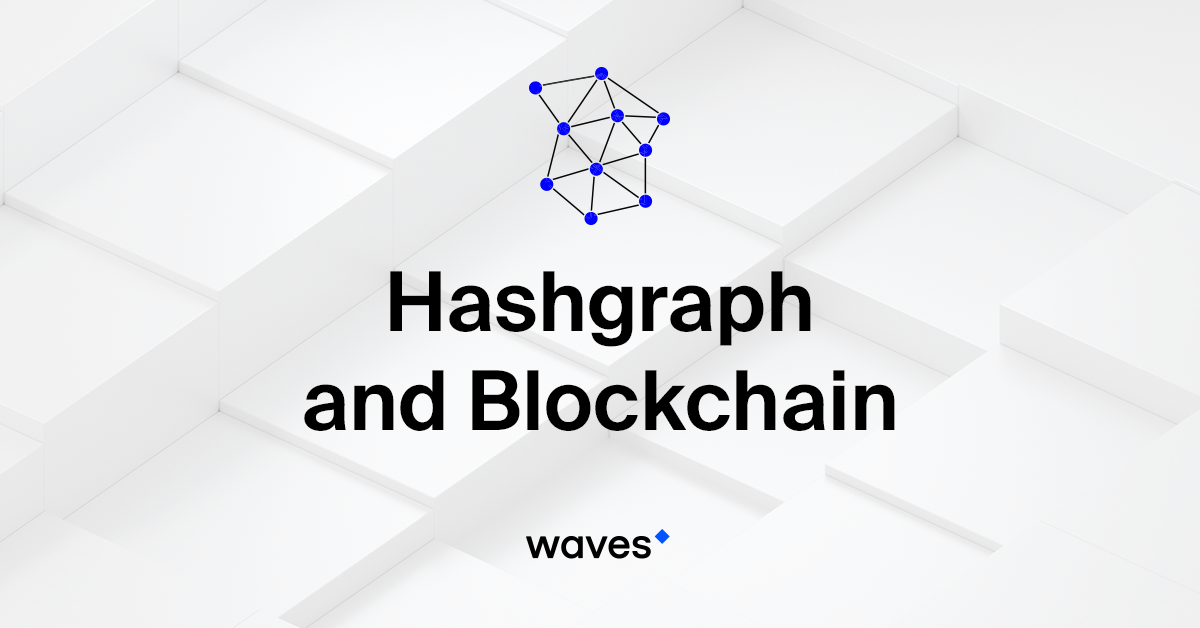Hashgraph and New Crypto Technologies
A new technology called hashgraph has been attracting interest, due to its apparent advantages over conventional blockchain technology. But what is hashgraph? Is it better or worse than blockchain, or merely different?
Bitcoin represented a game-changing development for online financial transfers, removing the need for any single, centralised authority to keep accounts. The blockchain that underpins bitcoin makes peer-to-peer cash possible.
It also has its limitations. Bitcoin is capable of supporting just a handful of transactions per second. The size of the data required to store each transaction varies, depending on the number of inputs and outputs, but bitcoin’s throughput is around 200-300 transactions per minute. This was fine in its early days, but now the network is seeing greater use, transactions can back up and be delayed by hours or days. It’s possible to ensure a transaction is confirmed straight away, but only at a cost. At the height of network activity back in December 2017, for example, a transaction might cost as much as $20 in fees. SegWit reduces pressure on the network, but if bitcoin is to see further adoption this will only be a temporary fix.
Waves-NG: blockchain 2.0
Later blockchains have sought to address this throughput issue in a number of ways, including larger blocks. The leading blockchain for throughput is currently the Waves Platform, which employs a slightly different approach to network consensus. In the Bitcoin protocol, users submit transactions and they are held in a ‘pending’ status in the mempool until the next miner is found — a process that takes on average 10 minutes. How long a transaction takes to be incorporated in the blockchain depends on how long it takes to find a miner (it can be far longer) and the fees paid for the transaction.
Waves uses a new approach called Waves-NG. Here, the next miner is selected in advance, and transactions are added to that block more-or-less in real-time. As a proof-of-stake system it’s much faster and more efficient than bitcoin’s proof-of-work. The result of this is that throughput is as high as 6,000 transactions per minute — an order of magnitude higher than most other blockchains. And like other major blockchains, Waves is also looking at off-chain scaling solutions like the Lightning Network (Bitcoin) and Raiden (Ethereum).
Hashgraph
Whilst there are solutions to the Bitcoin blockchain’s lack of throughput, there are other approaches to distributed consensus that don’t use a conventional blockchain at all. Hashgraph is one that is being touted as a ‘second generation’ distributed ledger. Initial tests used a permission-based network, and were promising. A later public network test by Hedera showed the concept could potentially be used to support tens or hundreds of thousands of transactions per second.
Hashgraph works by using a ‘gossip’ protocol, in which nodes can inform randomly-selected other nodes about recent transactions, passing these on until the whole network is aware of changes. (You can find out more in this article.)
Like blockchain five or six years ago, hashgraph is still in its infancy and there are questions that arise. One is how safe it is, since there are assumptions made about nodes connecting to other nodes that are honest. It’s not a problem for a private ledger, but it’s an unknown quantity when it comes to public networks.
Hashgraph appears to be a promising technology, but it’s still very new. It’s likely to find some popular applications, but less likely to replace blockchains entirely. Blockchains themselves are undergoing rapid iterations in their technology, with new innovations dramatically increasing their speed and throughput. By the time hashgraph is production-ready, leading blockchains will have extensive on-chain and off-chain scaling solutions.
TL;DR: blockchain is slow, Waves-NG is fast, off-chain scaling one answer, hashgraph is a new and different one.
Join Waves Community
Read Waves News channel
Follow Waves Twitter
Subscribe to Waves Facebook


Some Cash for you
Korean Translate ver.
해쉬 그래프와 암호화폐 신기술들
https://steemit.com/coinkorea/@coolzero/sypkd
Waves is an amazing project and still has so much room to grow.
This post has received votes totaling more than $50.00 from the following pay for vote services:
promobot upvote in the amount of $51.61 STU, $72.17 USD.
smartsteem upvote in the amount of $50.06 STU, $69.99 USD.
emperorofnaps upvote in the amount of $23.40 STU, $32.73 USD.
For a total calculated value of $125 STU, $175 USD before curation, with a calculated curation of $31 USD.
This information is being presented in the interest of transparency on our platform and is by no means a judgement as to the quality of this post.
Hashgraph seems promising , but still too early to find out the real results, great post!
Screw Hashgrpah, Resteemed.
Great article, I am looking forward to seeing who implements this tech first.
You got a 78.43% upvote from @emperorofnaps courtesy of @wavesplatform!
Want to promote your posts too? Send 0.05+ SBD or STEEM to @emperorofnaps to receive a share of a full upvote every 2.4 hours...Then go relax and take a nap!
Your post was add like a signal to growing up here - https://yeenot.today/catalog/news/263
Resteemed, Hashgraph is too centralized for me.